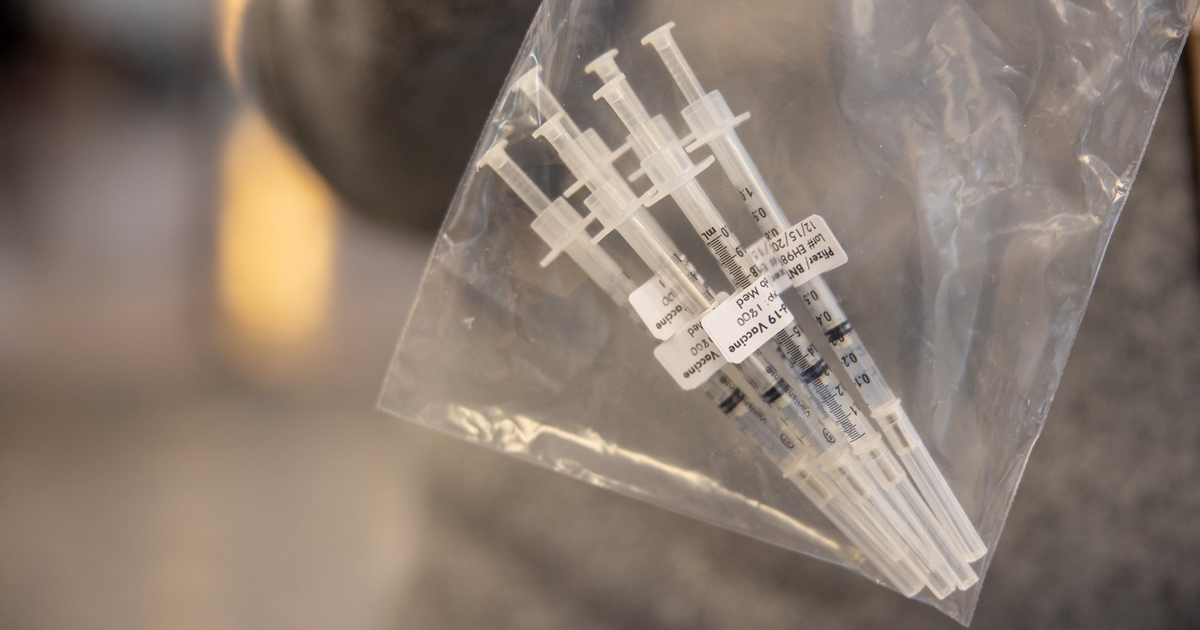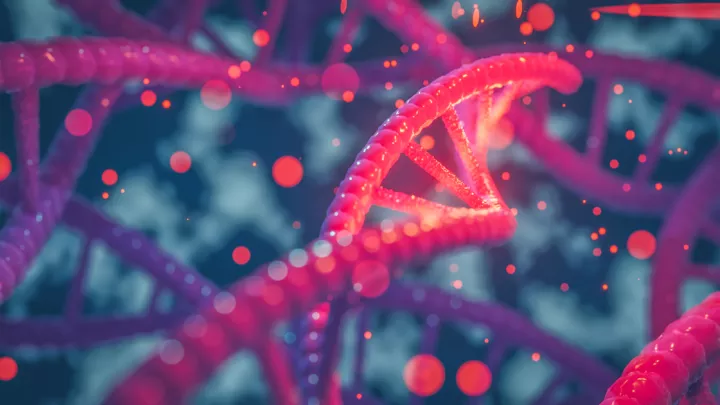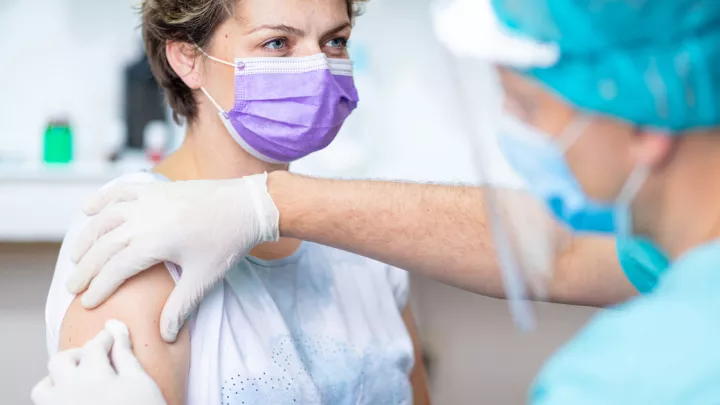You asked, we answered: Do the COVID-19 vaccines contain aborted fetal cells?

This article was originally published December 28, 2020. It was updated on March 2, 2021, to include information about the Johnson & Johnson vaccine, and on August 18, 2021, to include a personal note from Dr. Lawler and further clarify some parts of the article that were causing confusion.
Question
Do the COVID-19 vaccines contain aborted fetal cells?
Answer from infectious disease expert and practicing Catholic James Lawler, MD
No, the COVID-19 vaccines do not contain any aborted fetal cells. However, fetal cell lines – cells grown in a laboratory based on aborted fetal cells collected generations ago – were used in testing during research and development of the mRNA vaccines, and during production of the Johnson & Johnson vaccine.
Before we dig into the science, I’d like to have a word
It is true that decades ago, scientists decided to use fetal tissue to start the cell lines we use to test drugs today. However, the description of ongoing modern fetal tissue harvesting to create vaccines is dishonest sensationalism.
As a practicing Catholic, I think the moral balance of indirectly benefitting from an abortion that occurred 50 years ago in order to take a vaccine that will prevent further death in the community is a no-brainer – especially considering that so many of the over 620,000 American deaths have occurred in the most vulnerable and marginalized in our society. We need to focus on saving lives right now. We need to care for our neighbors.
The Vatican and bishops agree. The Vatican has issued clear guidance that permits Roman Catholics in good faith to receive COVID-19 vaccines that use fetal cell lines in development or production. Read the Vatican's comments on the morality of receiving a COVID-19 vaccine.
Now, let’s break down the science
Fetal cell lines are cells that grow in a laboratory. They descend from cells taken from abortions in the 1970s and 1980s.
Those individual cells from the 1970s and 1980s have since multiplied into many new cells over the past four or five decades, creating the fetal cell lines I mentioned above. Current fetal cell lines are thousands of generations removed from the original fetal tissue. They do not contain any tissue from a fetus.
Vaccine makers may use these fetal cell lines during the following two phases:
- Research and development
- Production and manufacturing
When it comes to the Pfizer and Moderna COVID-19 vaccines, fetal cell line HEK 293 was used during the research and development phase. All HEK 293 cells are descended from tissue taken from a 1973 abortion that took place in the Netherlands. Using fetal cell lines to test the effectiveness and safety of medications is common practice, because they provide a consistent and well-documented standard.
For the Johnson & Johnson vaccine, fetal cell lines were used in the production and manufacturing stage. To make the Johnson & Johnson vaccine, scientists infect PER.C6 fetal cell lines to grow the adenovirus vector. (Learn more about how viral vector vaccines work.) All PER.C6 cells used to manufacture the Johnson & Johnson vaccine are descended from tissue taken from a 1985 abortion that took place in the Netherlands. This cell line is used because it is a well-studied industry standard for safe and reliable production of viral vector vaccines.







